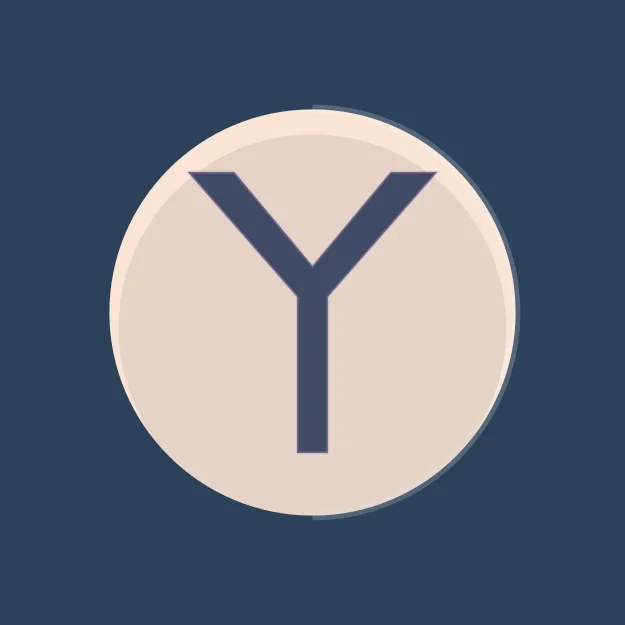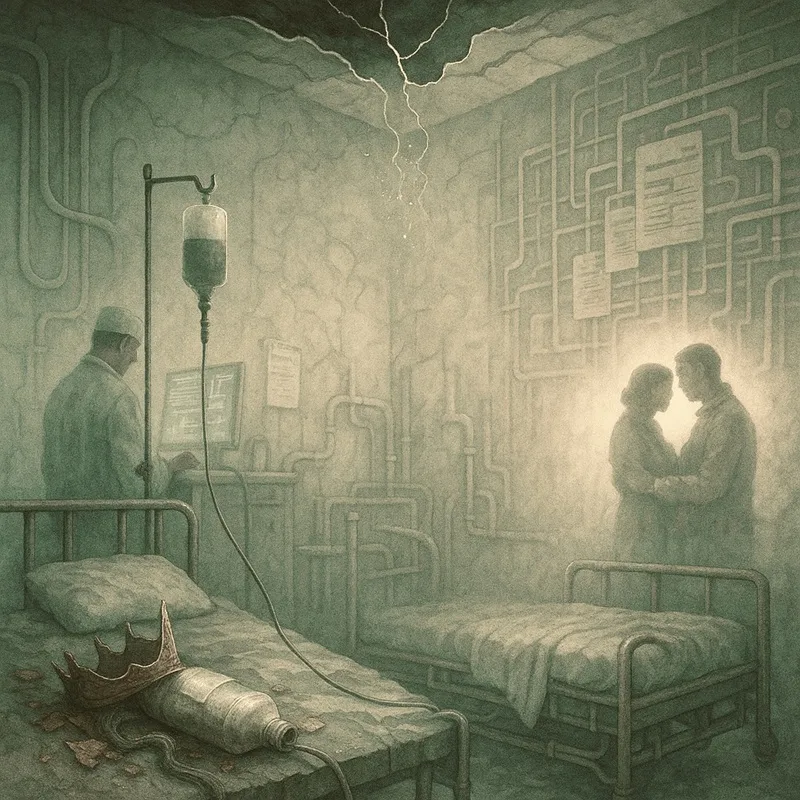无知,在化疗、临终医疗和家庭冲突中,并不是简单的“知识缺乏”,而是一种多维度、层层叠加的结构性幽暗。它不是一个盲点,而更像是一道道缓慢关闭的门,把人一步步引向孤独、误判与无法承受的选择。
我们以为无知是个体的问题,其实它是一整个系统的合谋。
1. 病人的无知:以为自己还有选择,其实走的是单行道
在生命末期,最大的误判,往往来自希望本身。
许多病人并不知道,化疗的本质不是“根治”,而是延缓病程,是一次带着运气与不确定的豪赌;他们不了解:
- 副作用可能远比病本身更可怕;
- 一旦开始治疗,身体将不再属于自己,而是属于“流程”;
- 医生一句“这个方案还可以一试”,可能就此开启一段无法回头的崩塌。
代价是:
他们在明明已接近终点时,还以为自己正在“回程”;
他们可能用最后的体力,去换来一场更深层的毁灭。
2. 医生的无知:以为技术是中立的,却忽视了人的整体
最锋利的伤害,不是冷漠,而是视角的失焦。
医生习惯于使用指南、数据、生存率说话,却未必知道病人真实的承受极限;有时医生并不缺乏善意,而是陷在专业的盲区中:
- 忘了告诉家属:“这个治疗方案只是延命,并不意味着好转”;
- 低估副作用对老年身体、人格尊严的双重摧毁;
- 总说“还可以再试一次”,却没有准备“如果不能”该怎么办。
代价是:
家属被误导,病人被推进深渊,
医生甚至不曾意识到,自己从未给出真正的信息。
3. 家属的无知:以为“全力以赴”就是“好好爱他”
爱,有时是毁灭的另一种姿态。
在悲伤与焦虑中,许多家属被“抢救”两个字所裹挟;他们相信输液、插管、化疗是一种“救命”,却不知道:
- 这些手段如果不合时宜,只是在机械地拉长死亡的痛感;
- 有时的“坚持”,剥夺的是一个干净而温柔的道别机会。
代价是:
他们以为自己拼尽了全部,
却在多年后的梦中惊醒:
“我最后一次见到他,是他闭着眼,插着管子;
我从来没有跟他说过再见。”
4. 制度的无知:把生死简化成选项,却不负责每个后果
当生死沦为选项,每一个“建议”都可能是一次推卸。
医疗制度擅长设定流程,却不承担“理解”与“承接”;它将病人划分为“可治疗”“不可治疗”,却从不设法翻译这个信息:
- “延长三个月”是什么意思?是活得像人,还是像躯壳?
- “病情稳定”代表能走动说话,还是只是减少新恶化?
代价是:
决策者成了被动者,执行者变成推诿者,
而真正承担痛苦的人,没有一个人敢说“我理解他”。
5. 最后一种无知:关于“死亡是什么”的集体逃避
没有人教我们如何死,于是我们也忘了如何好好活。
- 社会从不真正教我们,怎样陪伴一个人好好离开;
- 死亡,是一个不能说的词,是电视关掉的频道,是课堂永远跳过的一章;
- 所有家庭中的冲突,往往不在“治不治”,而在于: 我们不敢承认他真的要走了。
代价是:
死亡没有被尊重,而是被拖延、丑化、羞辱、混乱、恐惧包裹;
本可以是一场柔软告别的生命,
却变成了一段没有准备的崩塌过程。
总结:当所有人都“不知道”的时候,生命便悄然瓦解
无知,不只是缺少知识。
它是一种 集体拒绝面对、拒绝承担的姿态:
- 是医生视角的盲点,
- 是家属情感的遮蔽,
- 是制度沟通的失职,
- 是我们每一个人对死亡、尊严、责任的延迟面对。
尾声留白 · 生的叩问
我们是否太忙着“延长”,却忘了“告别”?
如果这一切可以重来,
我们,愿意听一次真话吗?
The Symphony of Unknowing: How Chemotherapy Quietly Dismantles a Life
Ignorance—in the context of chemotherapy, end-of-life care, and family conflict—is not merely a lack of knowledge. It is a multi-layered, structurally embedded shadow. It is not just a blind spot; it is a series of doors closing, slowly but steadily, leading a person toward loneliness, misjudgment, and unbearable decisions.
We tend to think of ignorance as an individual flaw. But in truth, it is a systemic collaboration.
1. The Patient’s Ignorance: Thinking There’s a Choice, While Walking a One-Way Path
At the end of life, the cruelest mistake often comes disguised as hope.
Many patients don’t realize that chemotherapy is not a cure—it’s a delay, a gamble; They are unaware that:
- Side effects may be far worse than the disease itself;
- Once treatment begins, their body no longer belongs to them—it belongs to the protocol;
- When a doctor says, “This option is still worth trying,” they don’t know that “trying” can be a one-way exit.
The cost:
They believe they’re walking back toward life—
when in fact, they are using the last of their strength to accelerate collapse.
2. The Doctor’s Ignorance: Mistaking Neutrality for Wholeness
The most devastating harm is not coldness—it is the blindness of a narrowed lens.
Many doctors rely on guidelines, data, survival rates—but may not understand a patient’s actual limits; It’s not always callousness—it’s the tunnel vision of professional frameworks:
- Forgetting to tell families, “This is prolongation, not improvement”;
- Underestimating how side effects shatter dignity, especially in the elderly;
- Repeating “We can try once more,” without preparing for when we can’t.
The cost:
Families are misled. Patients fall deeper into suffering.
And the doctor—never even realizes they withheld the truth.
3. The Family’s Ignorance: Mistaking “Doing Everything” for “Loving Well”
Love, at times, becomes the softest form of destruction.
In grief and panic, families are often consumed by the word “rescue”; They believe that drips, feeding tubes, chemotherapy are life-saving, but don’t realize:
- These interventions—if mistimed—only mechanize the pain of dying;
- Sometimes, “fighting on” steals the chance for goodbye.
The cost:
They thought they gave their all,
but wake years later from a dream saying:
“The last time I saw him, he had tubes in his nose and eyes shut.
I never said goodbye.”
4. The System’s Ignorance: Turning Life and Death into Checkboxes Without Owning the Outcomes
When life and death become “options,” every suggestion becomes an evasion.
Medical systems build procedures and recommendations, but evade understanding and accountability; They reduce dying to “treatable” vs. “untreatable,” but never create a way to explain what that means:
- What does “may extend 3 months” actually feel like?
- What does “tumor stabilized” mean—living more like a human, or more like a vessel?
The cost:
Decision-makers become passive.
Executors become deflectors.
And the one truly suffering—no one dares say, “I understand them.”
5. The Final Ignorance: Our Collective Refusal to Understand Death
No one ever taught us how to die—so we never truly learned how to live.
- Society never truly teaches us how to accompany someone in death;
- “Death” is the unspeakable word, the turned-off channel, the skipped chapter;
- Many family fights are not about “to treat or not”, but rather: We simply cannot admit that they are truly leaving.
The cost:
Death is delayed, but becomes ugly, chaotic, shameful, and unprepared;
A life that could have ended gently and cleanly,
is dragged into an unspoken collapse.
Conclusion: When Everyone “Doesn’t Know,” Life Quietly Unravels
Ignorance is not simply absence of knowledge.
It is a collective refusal to face, to understand, to take responsibility:
- The doctor’s blind spot,
- The family’s emotional veil,
- The system’s failure to translate,
- And our own fear of confronting dignity, death, and duty.
Final Notes · A Question for the Living
Were we too busy prolonging, and forgot how to say goodbye?
If this could all happen again,
Would we dare to ask for the truth, just once?

